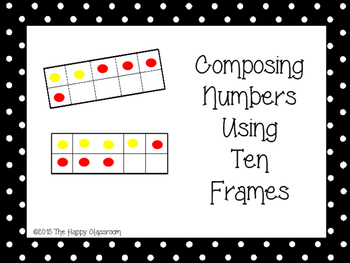

The students need to clearly understand that numbers are made up in this way before they start to add or subtract them. Note that there are no ‘tens’ recorded, which might confuse the students with the number 97. It is important not to forget to use examples of numbers containing a zero so that the students understand that sometimes there are no tens and/or no units.įor example, the number 907 is made up (or composed) of 9 hundreds and 7 units. The number 35.7 is made up (or composed) of three tens, five ones and seven tenths:ģ × 10 + 5 × 1 + 7 × 0.1 = 30 + 5 + 0.7 = 35.7 The decimal system is used world-wide and students will need to understand that numbers in differing positions have different values, and that a whole number is composed of those values.įor example, the number 357 is made up (or composed) of three hundreds, five tens and seven ones:ģ × 100 + 5 × 10 + 7 × 1 = 300 + 50 + 7 = 357 These activities are about helping students understand the underlying concepts behind manipulatives as effective teaching and learning tools. The manipulatives in this unit have been designed to enable students to actually compose and decompose numbers, feeling and thinking about what they are doing and in the process, building a fundamental understanding of what to do. They offer a concrete representation of abstract mathematical ideas. Manipulatives are objects that students can handle for themselves. However, if students do not understand the meaning behind the algorithms before they start, they may forget what to do and make unnecessary mistakes. The ultimate goal is that students will be able to use addition and subtraction algorithms fluently for all types of numbers. Number is a very abstract concept, even though it is used extensively in society.

Your students will take time to develop number concepts.
#Compose and decompose numbers to 10 how to
Allowing students to first fully understand the concept of composition – that is, how the number system works in groups of tens, hundreds, tenths and so on – will help when they learn how to subtract. Written addition and subtraction algorithms depend on composition and decomposition, and on re-grouping, especially when the numbers are more than single digits. This also means that our composite function changes value depending on the value of k.Ĭonclusion: g(k) becomes input for function f.TI-AIE: Using manipulatives: decomposition and regrouping What this unit is about Since we let x = g(k) = 4k, then our function f can be written as: f( g(k) ) or f(5k) (We substituted x for g(k) ) Say if g(k) = 4k, then this would become: x = 4k. Doesn't that mean I can also substitute x for some function? In other words x = g(x). Like I can let x = 5, but I can also let x = 2h. Now, I'm certain you're used to the variable x being substituted for a number, but in maths, you can pretty much substitute it for anything you like. We have a function f(x), this function takes "x" as "input". If you're still confused about composite functions, I'll explain this way: In the second example they showed a more faster and efficient way to evaluate the composite function by combining them into one equation. The first example they basically show what evaluating a composite function really means, it's like you said "work each function alone".

I don't think their aim is to show you the multiple ways you can evaluate the composite function.


 0 kommentar(er)
0 kommentar(er)
